Published April 22, 2020
Index:
White CedarWhite Pine
Chaga
Sage
Spruce tips
Wintergreen
Important note about using medicinal plants safely
Traditional medicine has been practiced and used for millennia. However, please use plants medicinally with discretion. Always consult a reputable plant expert or good field guide before using plants medicinally, and only use a plant if you are absolutely certain that it is what you think it is and that it is not poisonous. When consuming a plant, do not exceed what is recommended by professionals. Take time to research the proper doses of each plant. Having too much of anything can be harmful and toxic.
Here are some helpful resources to get you started with using traditional medicine:
During the COVID-19 outbreak, Indigenous community members and elders are sharing traditional medicines that can be used to make tea. I have recently seen Facebook posts about making tea out of White Pine, White Cedar, sage, and chaga–all things that we might have seen on our hikes, walks, or even in our own yards. These natural wonders are readily available to help us feel better when we are feeling sick.
Here are some medicines you can make at home, using what you find in your very own backyard.
1
White Cedar (Geezhiik)
Where can you find White Cedar?
White Cedar can be seen throughout Ontario. Usually, it’s found near swampy areas upon limestone rocks.
What does White Cedar look like?
Cones from the Eastern White Cedar are 7 to 12 millimetres long and grow in clumps of 5 or 6 pairs. Small, scaly, yellowish-green leaves cover the tree’s fan-shaped twigs.
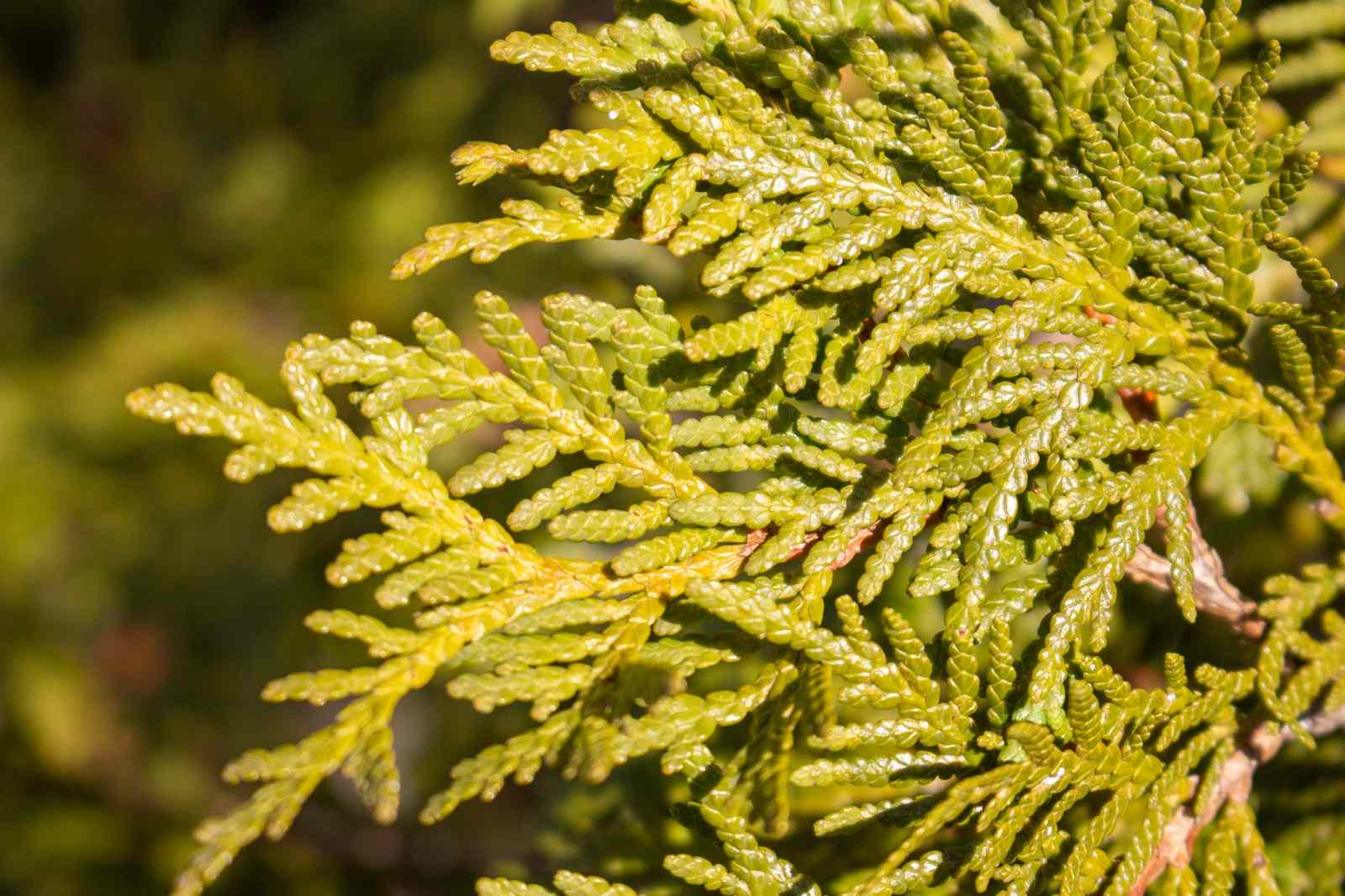
What are the health benefits of White Cedar?
Early settlers used White Cedar to cure scurvy. White Cedar has many benefits, such as helping with cough, fevers, bronchial conditions, dandruff, and skin conditions. You should not ingest White Cedar if you are pregnant or if you have health issues such as kidney problems, diabetes, or a weak immune system.
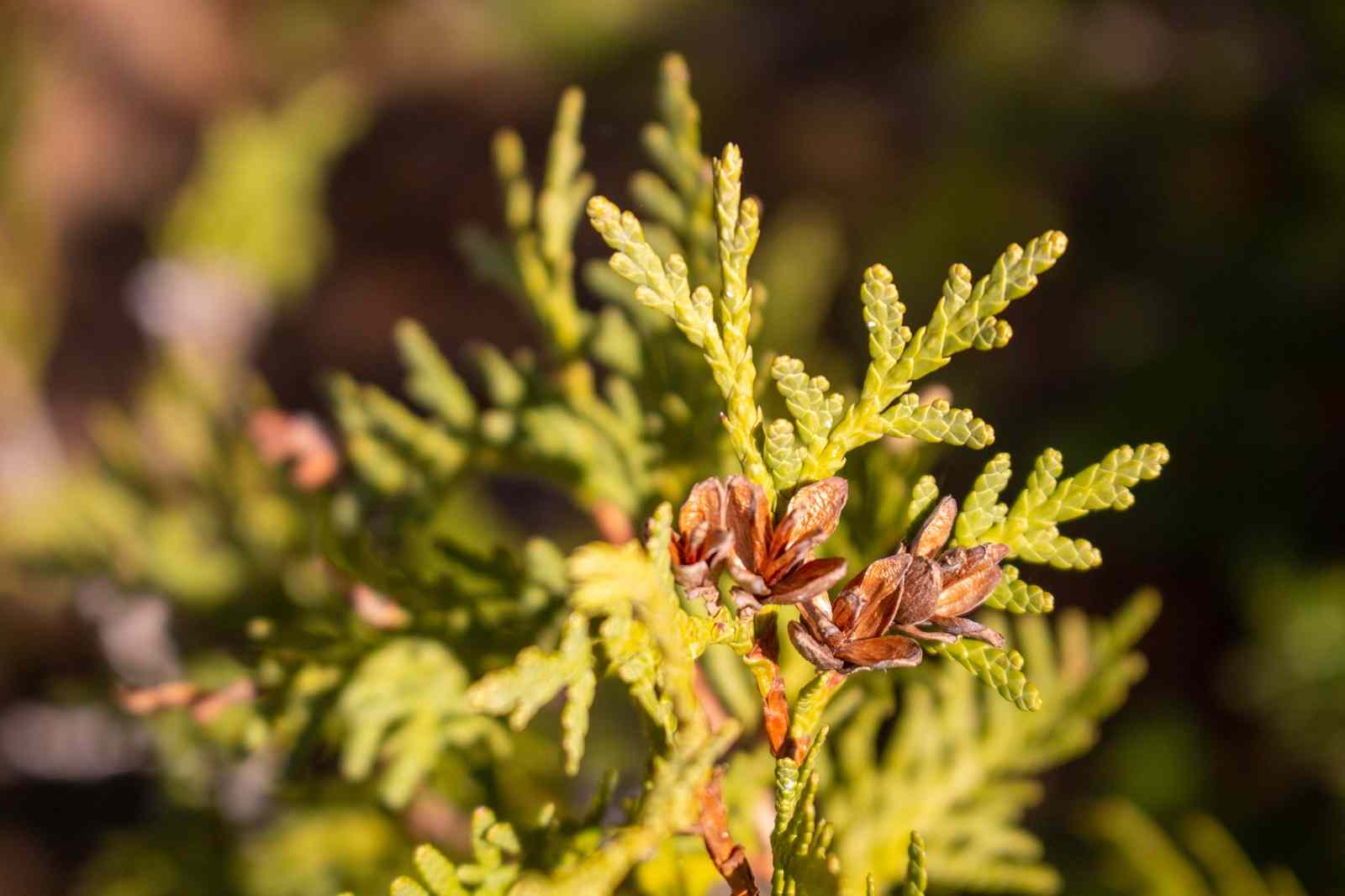
How do you prepare White Cedar?
Heat water to a rolling boil, then turn off the heat. Add a handful of White Cedar to the water. Most people choose to include the stem/twigs with the leaves, but it is all personal preference. Let the tea steep to your desired strength. The longer it steeps, the stronger the taste will be.
2
White Pine (Zhingwaak)
Where can you find White Pine?
White Pine grows from western Ontario to the Atlantic provinces as well as throughout most of north central and northeastern U.S.
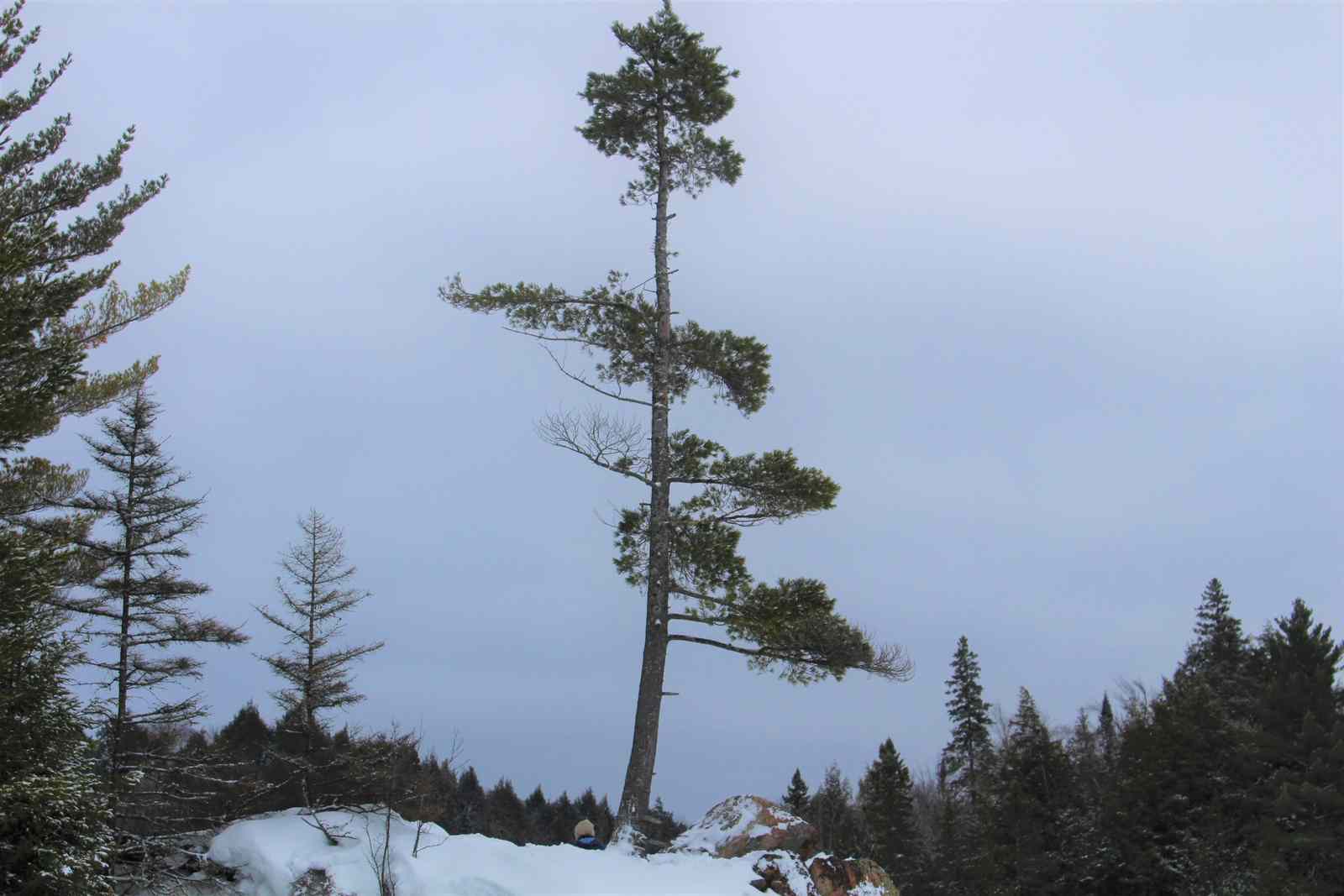
What does White Pine look like?
This large northeastern conifer normally grows 30 meters tall and is 100 centimeters in diameter with a 12 meter crown spread. The tree’s dark blue-green needles grow in bundles of five. They are 5-15 centimeters long, straight, slender, and flexible.

What are the health benefits of White Pine?
White Pine needles can have up to five times more Vitamin C than a lemon or orange. Pine needle tea is said to help increase mental clarity and relieve sore throats, coughing, and ingestion. It’s also full of antioxidants, which are said to prevent the effects of disease in the body. Pine needles are a good source of vitamin A and C, which are essential for healthy vision, skin, hair regeneration, and red blood cell production. Like White Cedar, this medicine was also used by early settlers of North America to avoid and treat Scurvy.
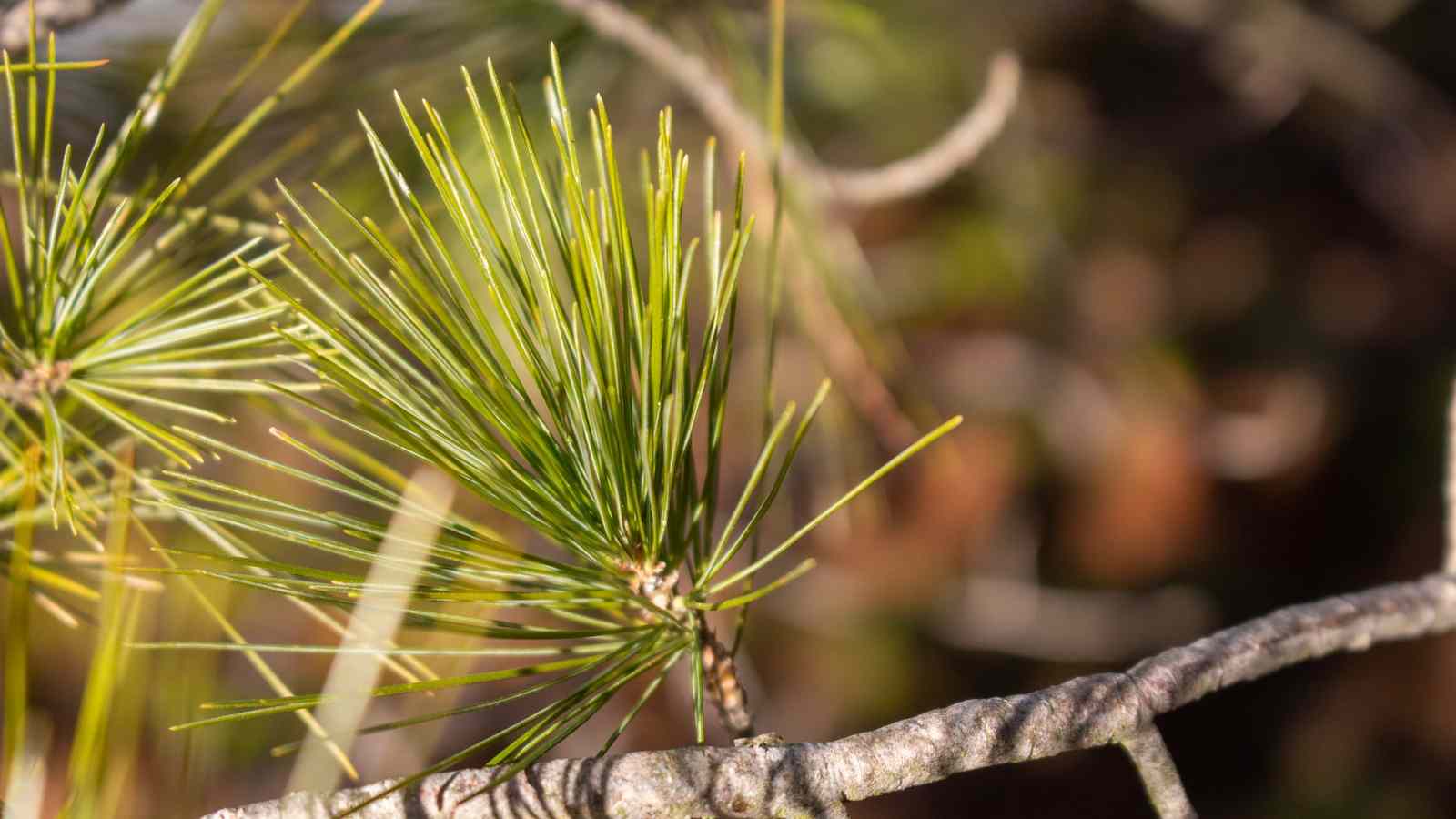
How do you prepare White Pine?
White Pine needles are most commonly used to make hot tea. The nutritional and medicinal properties of the needles are best preserved by steeping the needles in hot water instead of boiling them. You can steep them for as little as 15 minutes or a long as a few days.
3
Chaga (Wazhashkwedow)
Where can you find Chaga?
Chaga mushroom is a type of fungus that grows on four birch tree families throughout the northern hemisphere of the world. It can be found in the northern areas of the United States and Canada. You will likely see chaga on Yellow Birch, White Birch, heart-leaved Paper Birch, and Cherry Birch trees.
What does Chaga look like?
Chaga can be varied in size, from small to large chunks ranging 15-20 cm. On the outside looks like charcoal and can be identified by warm golden or rusty yellow interior colour.
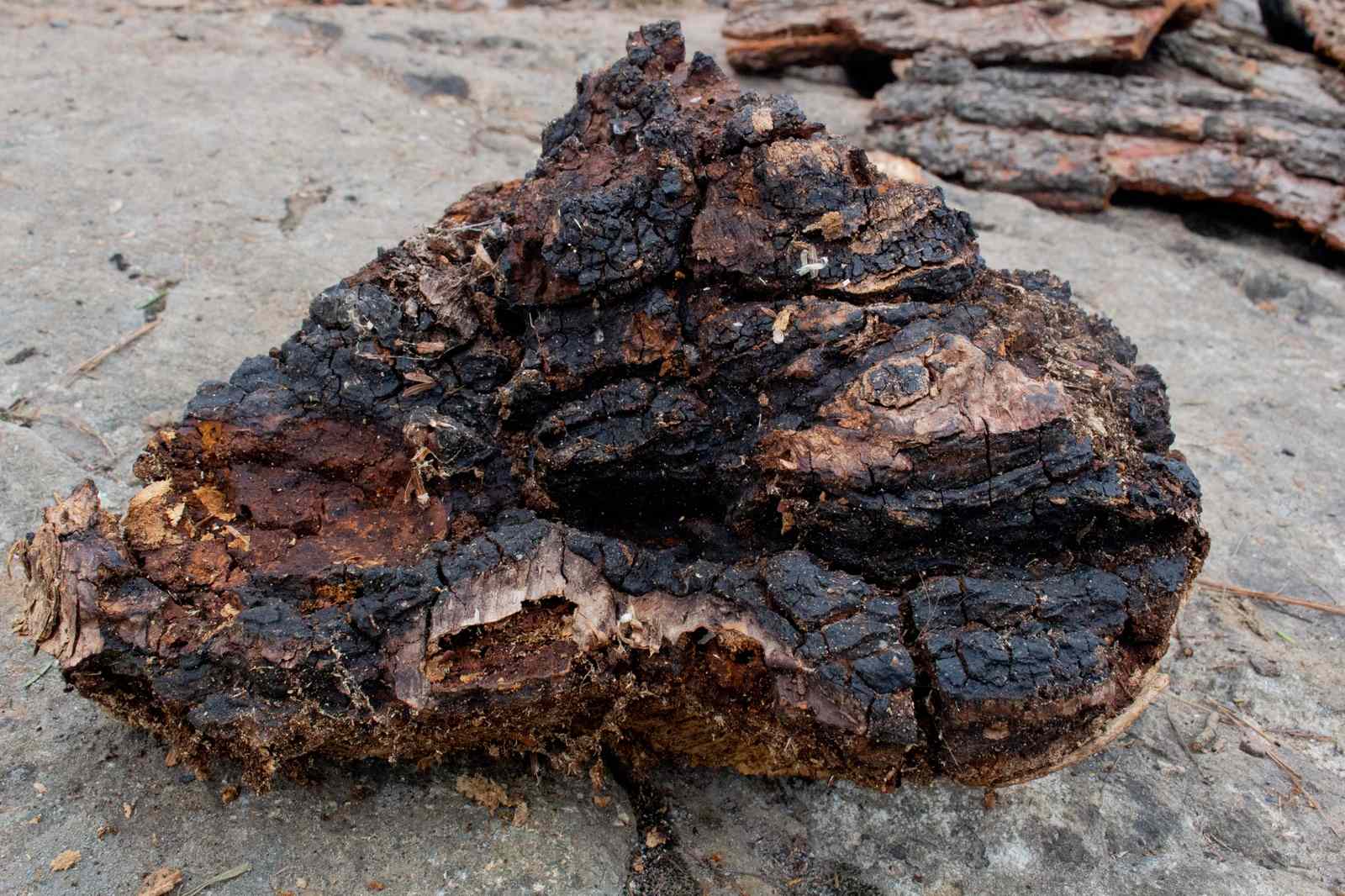
Did You Know?
What are the health benefits of Chaga?
Chaga mushrooms are rich in a variety of vitamins, minerals, and nutrients like vitamin D, potassium, fiber, cooper, zinc, iron, calcium, and amino acids. Chaga contains many antioxidants that may reduce “bad” cholesterol, and some believe may be able to prevent cancer and slow its growth. Chaga also may lower blood pressure, blood sugar, and support the immune system.
How do you prepare Chaga?
Heat water to a rolling boil, then turn off the heat. Add a handful of chaga pieces and let them steep for 5 mins or until desired strength. Add any sweetener (like honey or syrup) to the tea and enjoy.
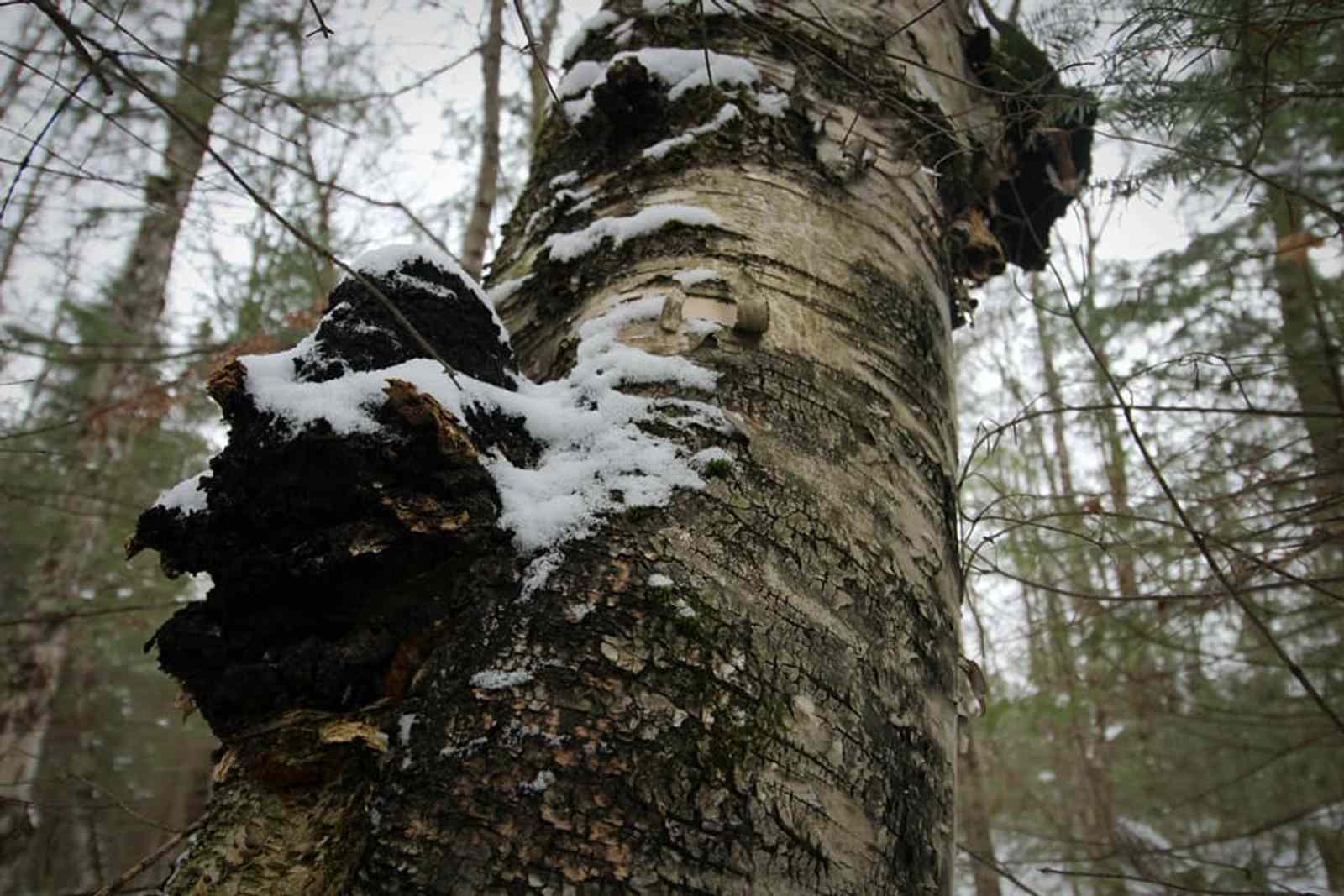
4
Sage (Mashkodewashk)
Where can you find sage?
Now, I believe that everyone knows about Sage, because you can purchase it anywhere from H&M, to Spencers, to new age stores, and even grocery stores. In the wild, sage generally prefers warmer climates with dry soils. Common locations to find it include meadows and fields.
Did You Know?
What does sage look like?
Sage has a woody stem that can reach just over half a metre in height. Its leaves are usually about 6 centimetres long and 2.5 centimetres wide. They are oblong in shape and greyish-green in colour. Every year (usually late spring to early summer) sage develops white, purple, pink or, most commonly, lavender-coloured flowers.
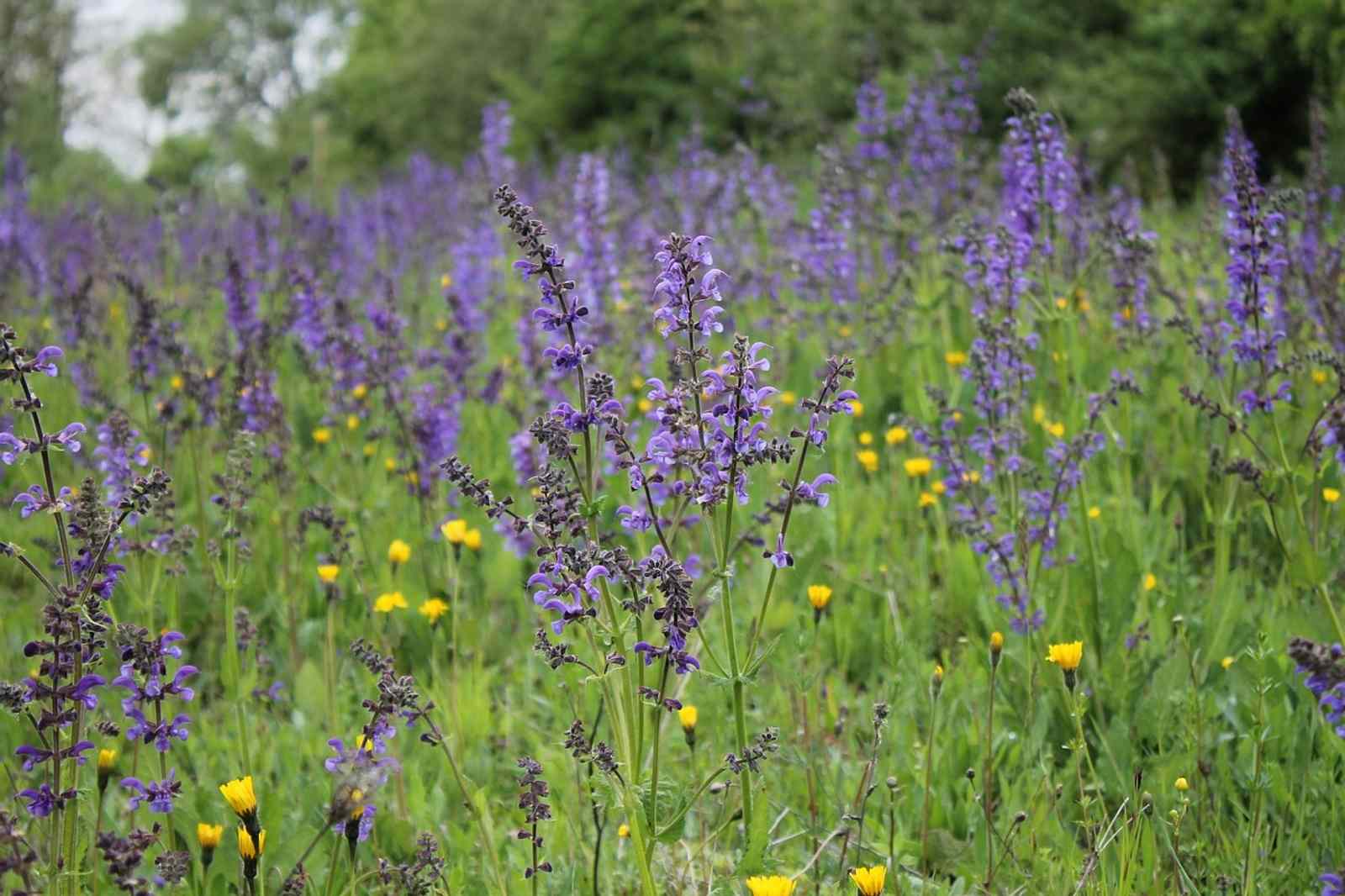
What are the health benefits of sage?
Burning sage is used to purify and cleanse negative energy. A lot of people believe that fear feeds into negative energy. So, with the world in a pandemic and fear rising, use sage to cleanse your home of any negative energy, improve your mood, and reduce stress and anxiety.
Sage is also full of antioxidants and anti-inflammatory properties that may promote skin, oral, and brain health, as well as decrease the risk of type 2 diabetes and heart disease. Sage tea is overall very safe in normal amounts, but if you have any concerns, it’s best to consult your healthcare provider.
How do you prepare sage?
Next time you go to the grocery store (keeping social distance, of course), be sure to grab some sage and boil up a hot cup of sage tea. Simply bring the water to a boil, then add the sage and steep for about 5 minutes. Strain to remove the leaves before adding your preferred sweetener and lemon juice to taste. This drink is enjoyable hot or cold.
5
Spruce tips (Gaawaandgwaatik-nakweyiing)
Where can you find Spruce tips?
Spruce trees are the backbone of many northern forests. They grow all across Canada, with the exception of only a few regions, like the northernmost reaches of Nunavut. Spruce trees tend to prefer moist areas, although they can tolerate dry conditions. While they are shade-tolerant (especially when young), they will grow more quickly and with fuller form if they’re growing in full sun.
What do Spruce tips look like?
Spruce tips tend to have short and stiff needles that feel a lot sharper than the needles of other conifers. Each needle comes out of a single small woody projection (instead of in groups like pine needles). If you pull out a needle, the woody projection remains (unlike the needles on fir trees which come off clean). Needles are square in cross-section, and they can be rolled between the fingertips.
Did You Know?
What are the health benefits of Spruce tips?
Spruce tips are extremely high in vitamin C. They also contain carotenoids and are rich in minerals such as potassium and magnesium. Spruce tips were used by Indigenous tribes to relieve coughs and sore throats. They also contain plenty of chlorophyll that helps with tissue health and growth, controlling cravings, keeping blood sugar balanced, and transporting oxygen to cells.
How do you prepare Spruce tips?
Spruce tips can be eaten raw, cooked, or made into tea. To make tea, collect young bright Spruce tips and put them in a cup with a cinnamon stick. Pour in hot water. Let the tea steep for a few minutes. If you’d like to, you can add in honey or another sweetener. Relax and enjoy.
6
Wintergreen (Winisibugons)
Where can you find Wintergreen
This plant can be found year-round. Wintergreen grows primarily in the Great Lakes region, northeastern USA, and adjacent areas of Canada. The habitats of this sub-shrub are largely restricted to upland oak woodlands, wooded hillsides, forested bogs, and shrubby bogs.
What does Wintergreen look like?
Wintergreen is a shrubby plant. Its long stem seems like a rootstock, creeping horizontally just under or on the ground. Wintergreen has bright glossy red berries. The leafy flowering and fruiting sprig grows about 3-5 inches high. Leaves are oval, glossy green above, lighter below, and often blotched with purple. In the late fall or winter, the leaves are often entirely red. Chewed on, the leaves or the berries make a minty nibble.
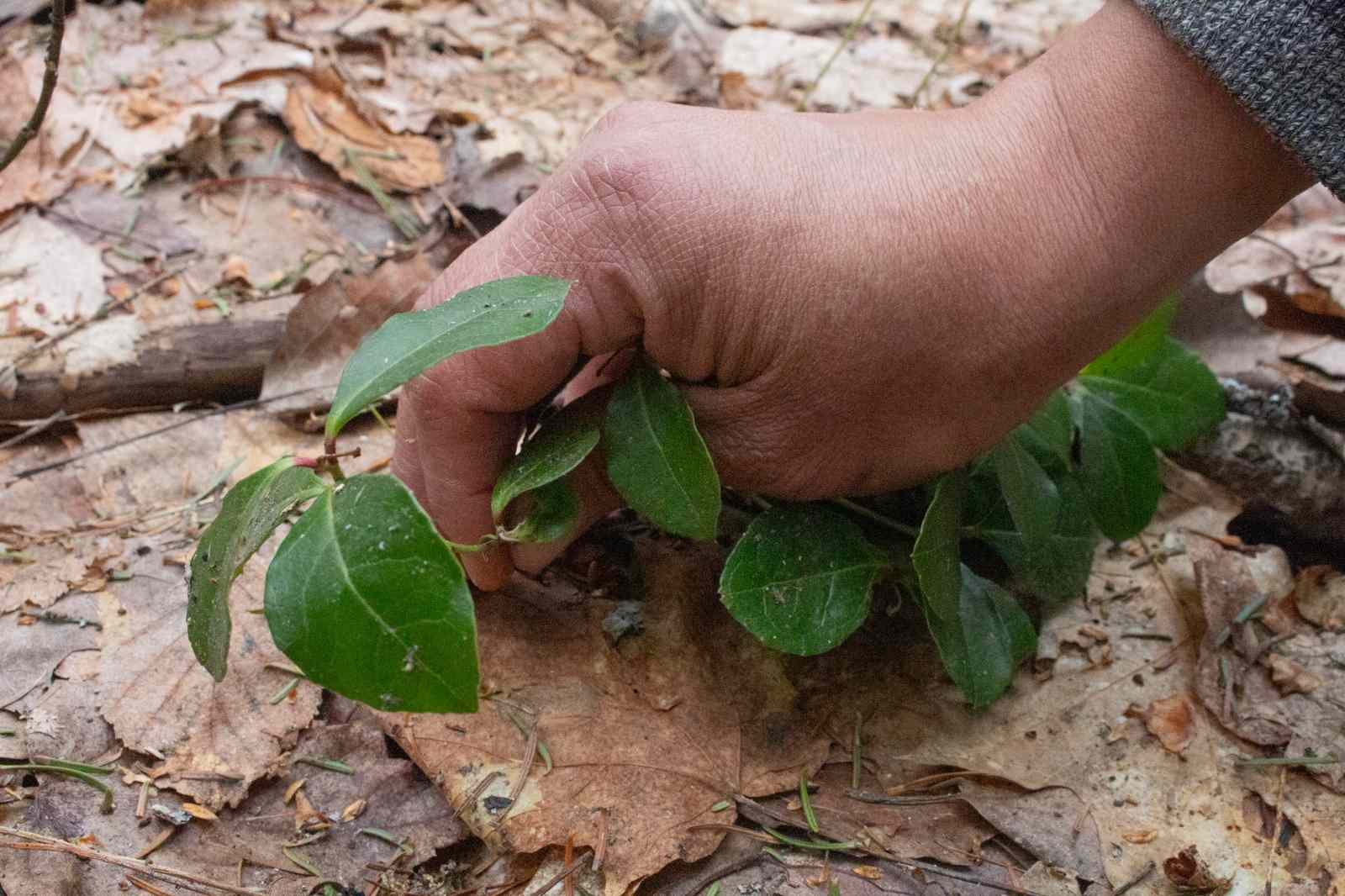
What are the health benefits of Wintergreen?
Native tribes, such as the Mohawks, Ojibwes, and others, used Wintergreen tea as a medicinal and healthful beverage. Wintergreen contains methyl salicylates, the active painkilling ingredients in aspirin. The tea is useful for colds, headaches, and bringing down fevers. The plant can also be used to season meat and fish.
How do you prepare Wintergreen?
So what’s the trick to a good cup of wintergreen tea? Simply steeping Wintergreen in boiling water might not get you the minty taste you would like. To get the most out of wintergreen, try fermenting it.
To ferment Wintergreen, pack a jar with its leaves and cover with chlorine-free water. Place a lid on your jar, cover with a tea towel, and leave on your counter or in another warm area for three days or until you see bubbles forming. Strain out the leaves and warm the tea gently just to drinking temperature.
There are so many great teas you can make out of the plants in your own backyard. It’s even more special when you harvest the plant yourself with your family or friends.
If you're looking for more medicinal plants to try and want to find out what other kinds of medicine teas you can make, check out our list of influencers sharing traditional medicine knowledge. Most influencers share stories or do live streams. Someone who I always enjoy watching is my good friend Joseph Pitawanakwat. He is from Wikwemikong Unceded Territory and is now based in Peterborough, teaching at Fleming College and Trent University. His blog is Creator Garden.
Check out more of botanists, caretakers, and teachers here:
Creators Garden Ilana and Paul Blue Jay Botanicals Isaac Murdoch Linda Black Elk